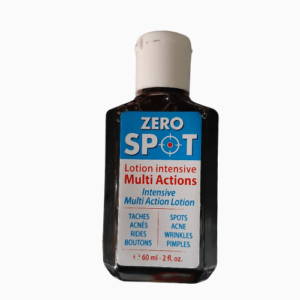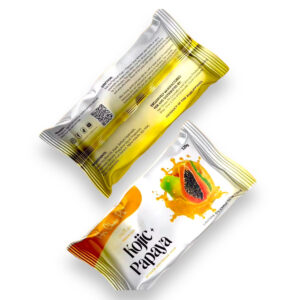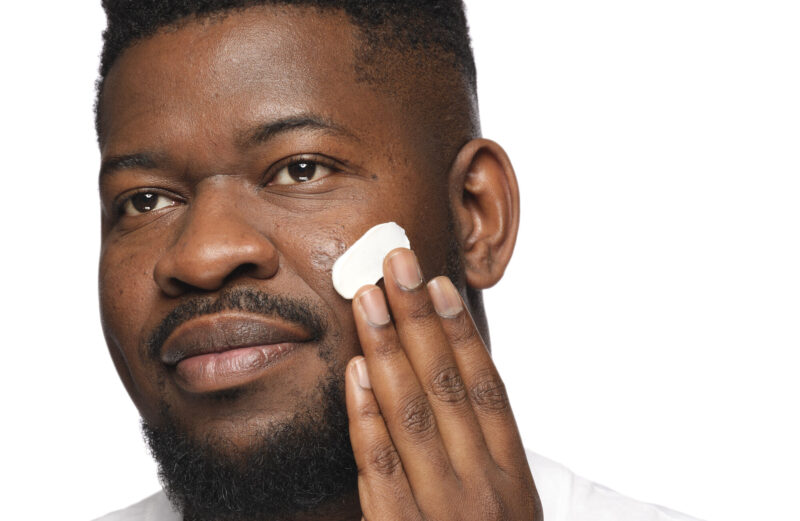Table of Contents
Pigmenting Problems: Understanding the Causes of Hyperpigmentation
Hyperpigmentation is a common condition where an individual experiences the appearance of darkened or discolored skin patches. It can occur on any part of the body, and the exact cause can vary from person to person. In this article, we will delve into the common causes of hyperpigmentation and provide tips on how to address them.
The Causes of Hyperpigmentation
There are several factors that can contribute to the development of hyperpigmentation. These include:
Sun Exposure
UV radiation from the sun or tanning beds can cause the skin’s melanin to become overactive, leading to the production of excessive melanin, which can result in hyperpigmentation. This type of hyperpigmentation is often seen in areas of the skin that are exposed to the sun, such as the face, arms, and legs.
Pregnancy and Hormonal Changes
During pregnancy, hormonal fluctuations can cause the skin to produce more melanin, leading to darkening of the skin, particularly on the face, arms, and legs. This type of hyperpigmentation is often reversible after childbirth, but it can be challenging to manage during pregnancy.
Post-Inflammatory Hyperpigmentation (PIH)
PIH occurs when the skin is damaged due to inflammation, acne, eczema, or other skin conditions. The damaged skin can produce excess melanin, resulting in darkened skin patches. PIH can take months or even years to resolve and can be difficult to treat.
Medical Conditions
Skin conditions such as vitiligo, melasma, and hormonal imbalances can also contribute to the development of hyperpigmentation. These conditions can cause the skin to produce abnormal amounts of melanin, leading to uneven skin tone and darkened patches.
Addressing Hyperpigmentation: Tips for Managing the Causes
Since hyperpigmentation can be caused by a variety of factors, addressing the underlying causes is essential for effective management. Here are some tips for managing the common causes of hyperpigmentation:
Sun Exposure
To reduce the risk of hyperpigmentation caused by sun exposure:
- Use a broad-spectrum sunscreen with an SPF of at least 30
- Apply sunscreen every two hours or immediately after swimming or sweating
- Wear protective clothing, including a wide-brimmed hat and long-sleeved shirts
- Avoid prolonged sun exposure during peak hours (10am-4pm)
Pregnancy and Hormonal Changes
To manage hyperpigmentation during pregnancy:
- Wear protective clothing and apply sunscreen to exposed areas
- Use gentle, non-comedogenic skincare products
li>
Post-Inflammatory Hyperpigmentation (PIH)
To manage PIH:
- Use a topical cream or gel containing hydroquinone, retinoids, or vitamin C
- Apply a topical corticosteroid cream to reduce inflammation
- Avoid picking or squeezing acne lesions, as this can worsen PIH
- Consult a dermatologist for guidance on treating PIH
Medical Conditions
To manage hyperpigmentation caused by medical conditions:
- Consult a dermatologist or healthcare provider for proper diagnosis and treatment
- Use topical creams or oral medications prescribed by a healthcare provider
- Practice good skincare habits, including sunscreen use and gentle cleansing
Conclusion
Pigmenting problems, such as hyperpigmentation, can be challenging to manage, but understanding the underlying causes and taking proactive steps to address them can help alleviate the condition. By following the tips outlined above, you can reduce the risk of hyperpigmentation and promote even, healthy-looking skin. Remember to consult a dermatologist or healthcare provider for personalized advice on managing hyperpigmentation and other skincare concerns.
Recommended Products
-
 Gmeelan Orange Enzymes Exfoliating Brightening Gel – 50gKD4.500
Gmeelan Orange Enzymes Exfoliating Brightening Gel – 50gKD4.500 -
 Zero Spot Lotion 60ml | Clear & Even SkinKD5.000
Zero Spot Lotion 60ml | Clear & Even SkinKD5.000 -
Product on sale
 You Glow Babe Beauty White REJUV SETOriginal price was: KD8.000.KD6.000Current price is: KD6.000.
You Glow Babe Beauty White REJUV SETOriginal price was: KD8.000.KD6.000Current price is: KD6.000. -
 Prestige Kagayaku Bleaching Soap 75gKD2.000
Prestige Kagayaku Bleaching Soap 75gKD2.000 -
 Ashley Shine Niacinamide Whitening 3 in 1 Day Cream – 50gKD4.000
Ashley Shine Niacinamide Whitening 3 in 1 Day Cream – 50gKD4.000 -
 Her Choice Kojic Papaya Soap 120gKD2.500
Her Choice Kojic Papaya Soap 120gKD2.500 -
 Anua Peach 70 Niacin Serum 30mlKD8.000
Anua Peach 70 Niacin Serum 30mlKD8.000 -
 RDL Kalamansi Whitening Soap – 135gKD1.250
RDL Kalamansi Whitening Soap – 135gKD1.250 -
 Honest Glow Niacinamide Soap by Transformed Skin 100gKD2.500
Honest Glow Niacinamide Soap by Transformed Skin 100gKD2.500



